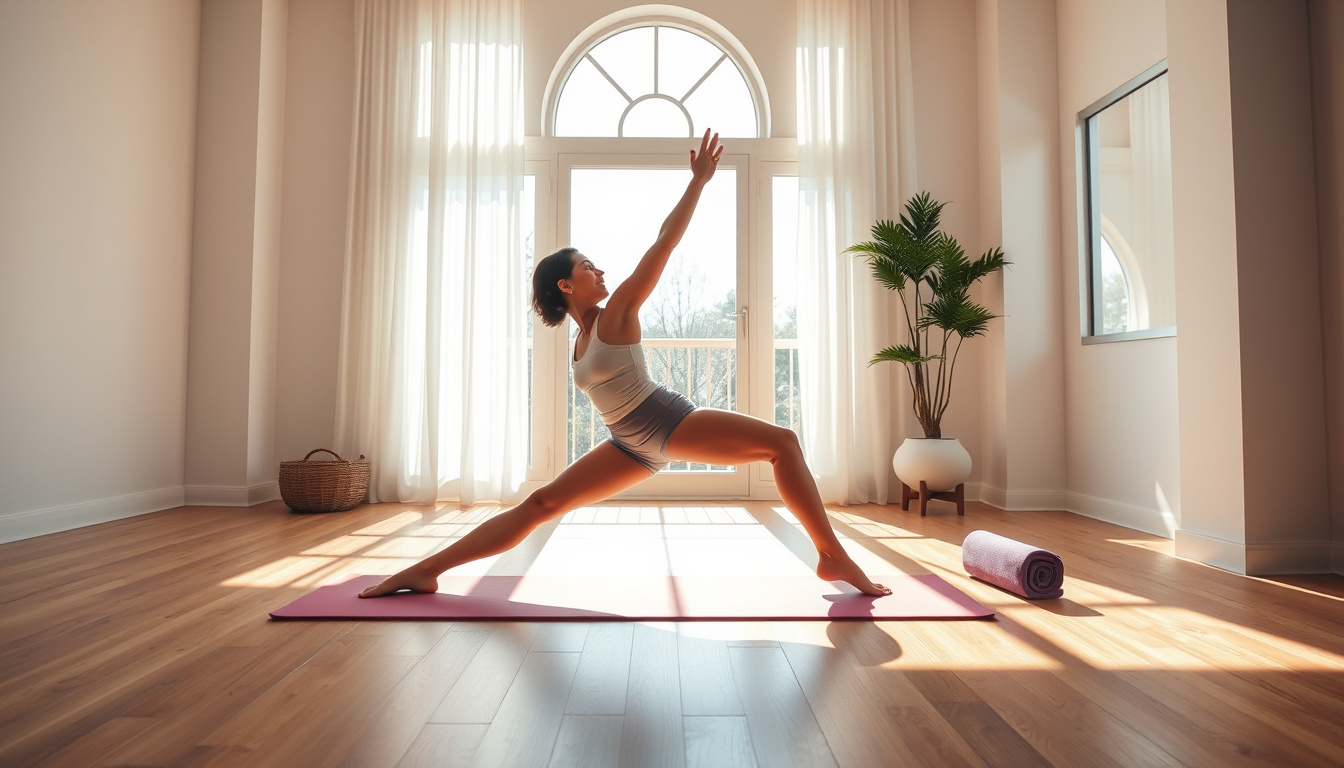In recent years, fitness lovers try barre workouts. They seek low-impact moves that build strength and flexibility. The exercises come from ballet training. They use a barre or a similar support. The moves boost muscle endurance, balance, and range of motion. Beginners and experienced athletes alike add barre to their routines to change their overall fitness. In this article, we share simple barre workout tips to boost strength and flexibility with ease. Each word links closely to the next, so understanding comes naturally.
Why Choose Barre Workouts?
Barre workouts join steps from ballet, Pilates, and yoga. They target small muscle groups that many workouts ignore. This focus tones, lengthens, and keeps muscles moving. The moves also shape posture and build core strength. According to the American Council on Exercise, barre workouts build muscle endurance, flexibility, and posture (source).
Essential Barre Workout Tips to Maximize Your Results
1. Focus on Proper Alignment and Form
A good barre practice depends on proper alignment. Relax your shoulders, tighten your core, and keep your knees from slouching inward. Good form makes the right muscles work and lowers the chance of pain.
Tip: Use a mirror or record your moves to check your posture and alignment.
2. Engage Your Core Throughout Every Move
A strong core builds strength and range of motion. During barre workouts, pull your belly button toward your spine and keep your torso steady. This tie between your movements and core support gives you balance.
Quick Exercise Tip: Hold a leg lift and tighten your abs at the same time to work the core deeply.
3. Include Dynamic and Static Stretching
To build a better range of motion, use moving stretches for warm-up and held stretches for cool-down. Moving stretches ready your muscles for work. Held stretches let your muscles grow long and stop tightness.
Example: Do leg swings or arm circles in warm-up and try hamstring or quad stretches after exercising.
4. Use Light Weights or Resistance Bands
Barre workouts mostly use your body. Adding light weights or resistance bands gives extra work to your muscles without hurting your joints. These tools bring fresh moves to your routine.
Tip: Begin with 1-3 pound weights and add more as you grow stronger.
5. Keep Consistency and Gradual Steps
You build strength and range of motion with regular work. Plan for 3-4 sessions a week. Slowly add more time or try new moves as you progress.
Suggestion: When you master basic moves, extend your holds or try a small change in the exercise.
6. Control Your Breath
Your breath helps your muscles work and cool down. Breathe in when you prepare and breathe out during work. This careful breathing links your movement with calm focus.
Sample Barre Workout Routine for Beginners
-
Warm-Up (5 Minutes):
- Arm circles
- Leg swings
- Gentle squats
-
Leg Lifts (2 sets of 10):
- Stand or lie down. Lift your legs to the front, side, and back. Tighten your core and glutes.
-
Tendu Stretches (15 reps each):
- Point your toes along the floor. Focus on ankle movement and leg strength.
-
Plie Pulses (20 reps):
- Do a wide squat and pulse at the lowest point. Work your inner thighs.
-
Core Series (Plank for 30 seconds; Bicycle crunches 15 per side):
- Build up your midsection for steady balance.
-
Stretch and Cool Down (5 Minutes):
- Do a forward bend, a quad stretch, and a spinal twist.
With these steps, your strength and range of motion can grow through regular work.
FAQs About Barre Workouts
Q1: How often should I do barre workouts to see results?
A1: Aim for at least 3 sessions each week to feel changes in strength and range of motion.
Q2: Can I do barre if I have joint pain or injuries?
A2: Yes, but check with your health provider first so that you can adjust moves and stay safe.
Q3: What do I need for a barre workout at home?
A3: You need a sturdy chair or countertop, a ballet bar (or a strong broomstick), light weights or resistance bands, and a yoga mat for floor moves.
The Science of Effortless Strength and Flexibility Gains
It might seem best to push hard every time, but slow and mindful moves work well in barre. A steady pace links the muscles to safe work and cuts the chance of injury. Experts say this method builds long-term flexibility and endurance (source).
Final Thoughts: Boost Your Fitness with Barre
These practical tips help you build strength and range of motion in ways that feel simple and fun. If you aim to tone, fix your posture, or keep your joints moving, barre fits many levels. Remember, your path to a stronger, more flexible body starts with small, steady steps.
Now is the right time to add barre to your routine. Find a chair, clear a quiet spot, and start seeing change soon. Your body will show its thanks!
Take action now — set aside a few minutes of barre every day and watch your strength and mobility grow!




